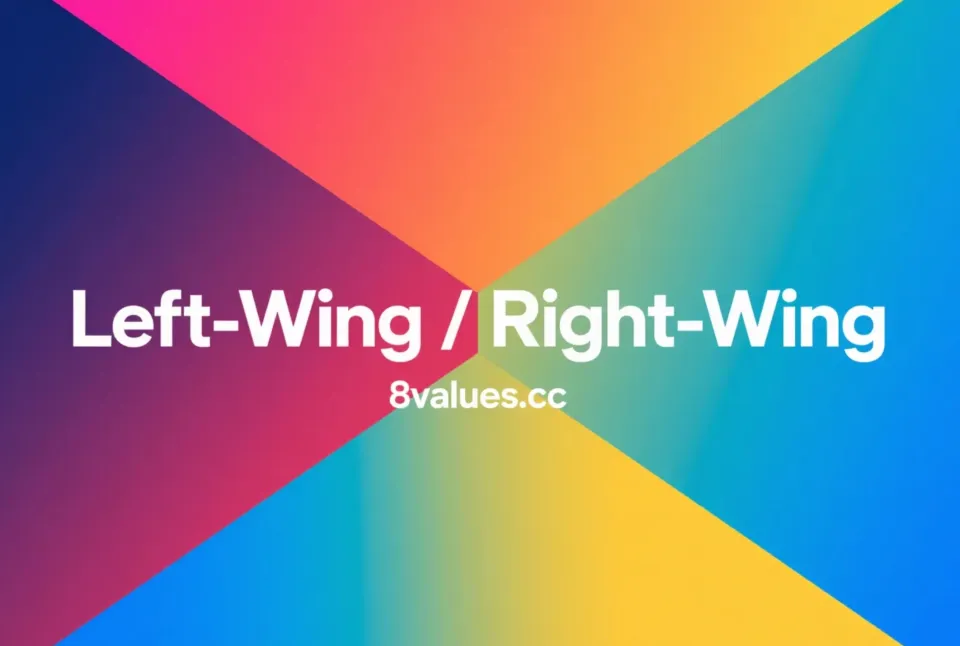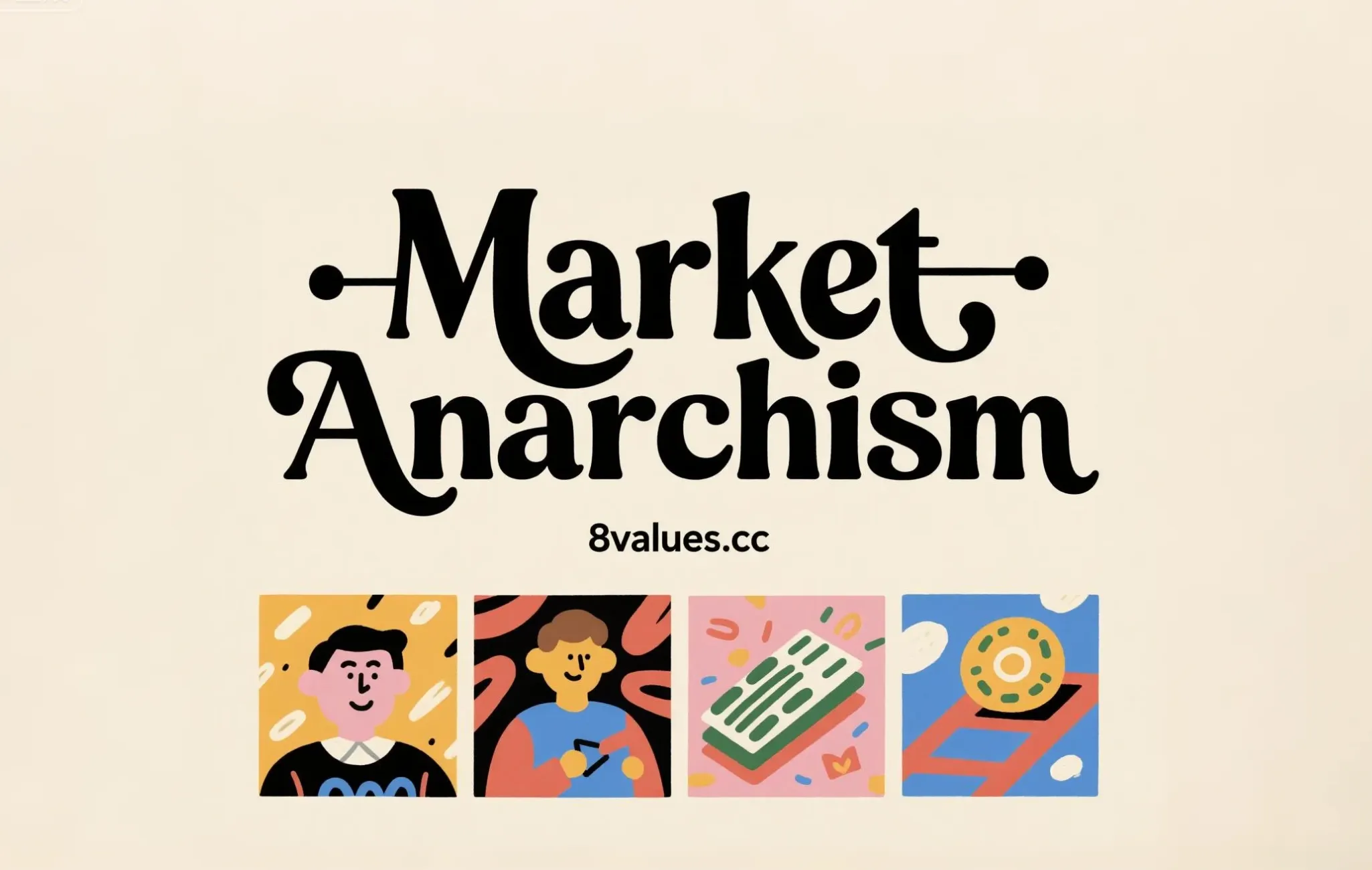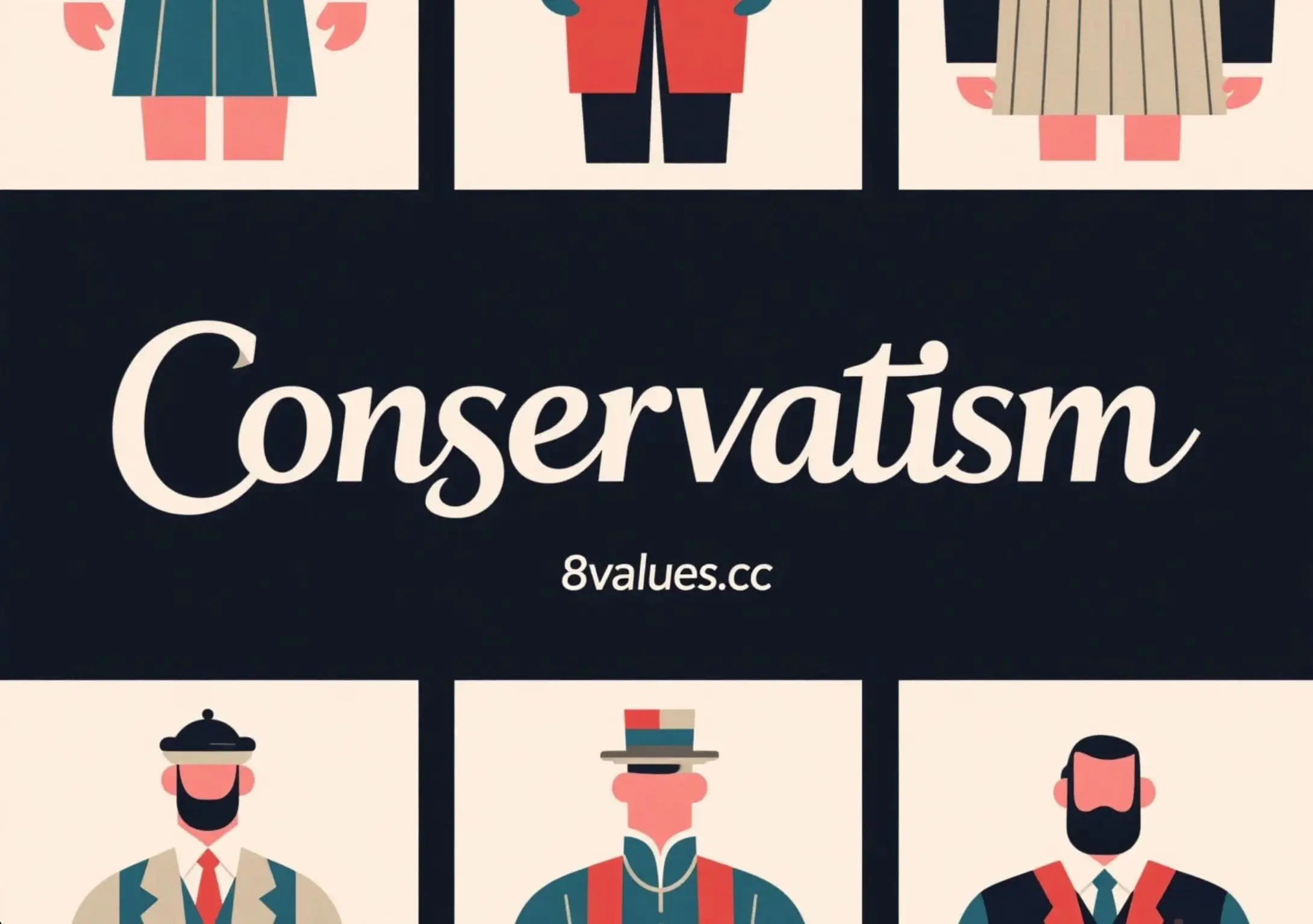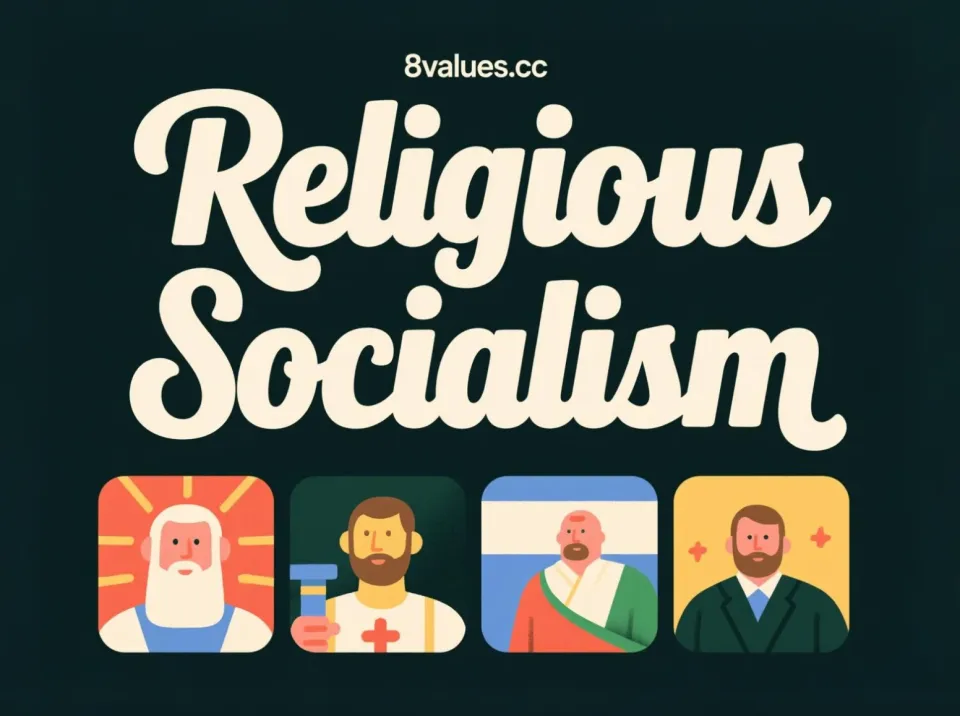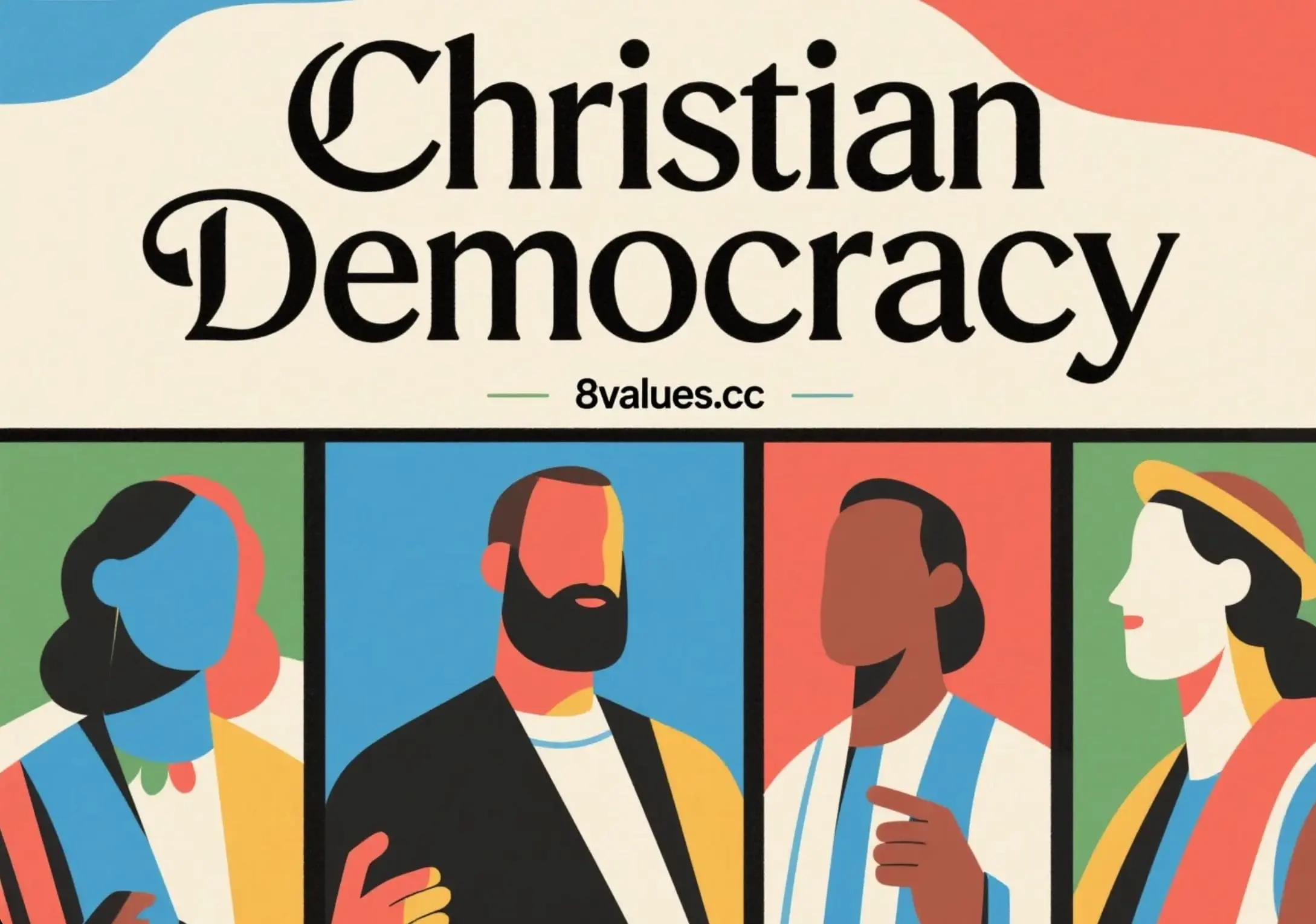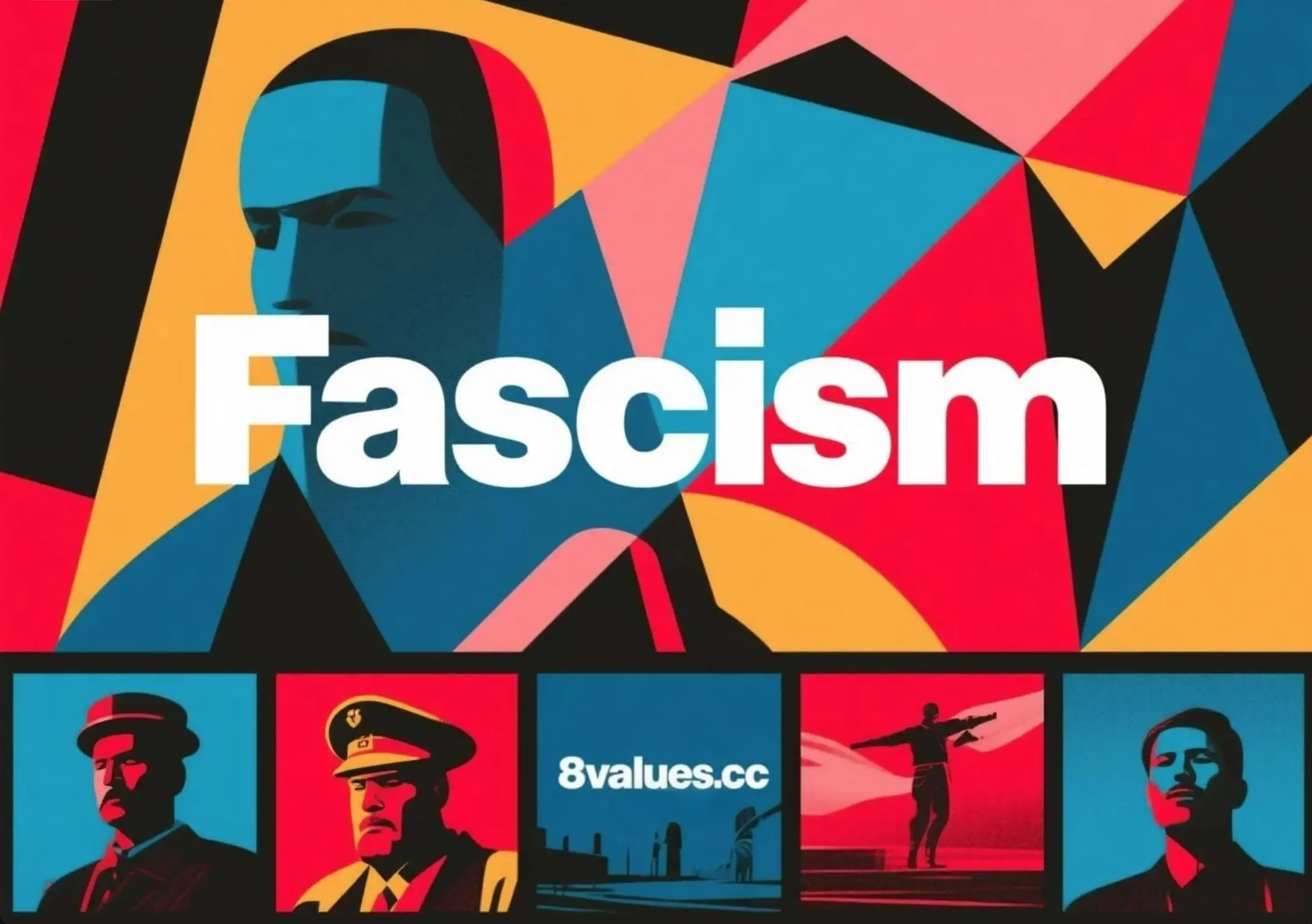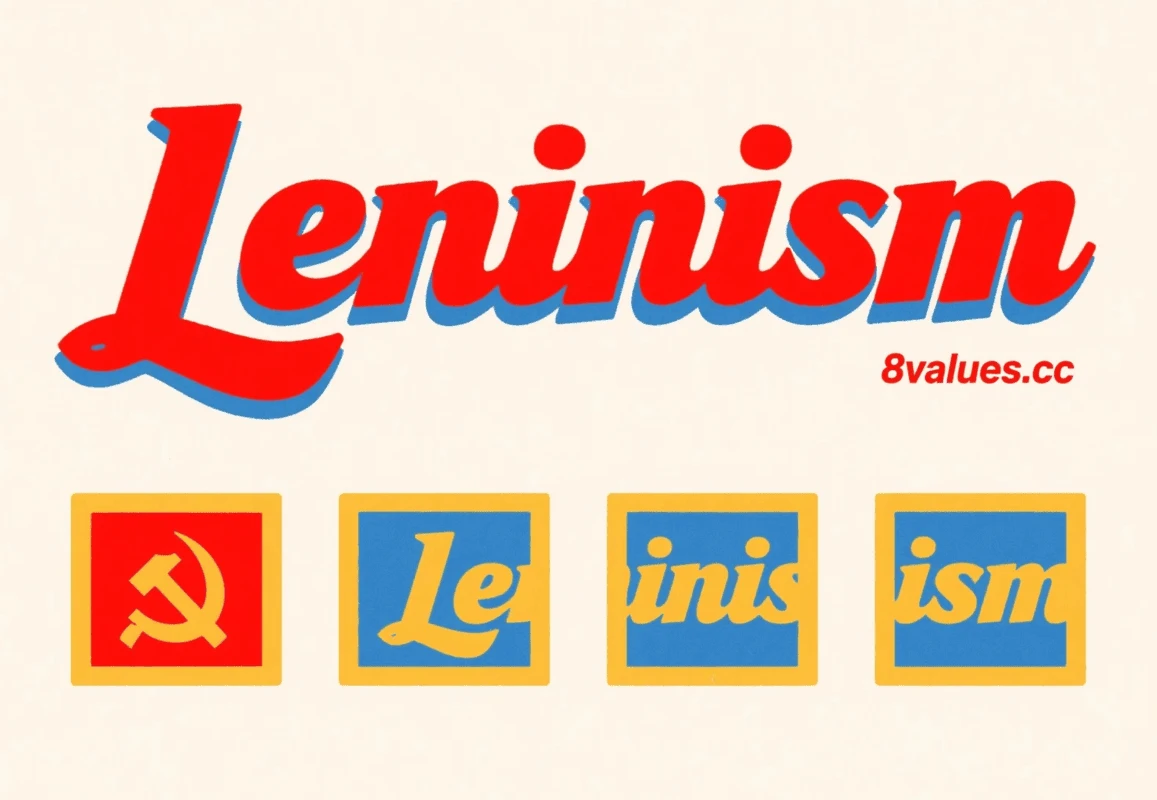In-depth interpretation of the political spectrum: the origin, evolution and core values of Left-wing and Right-wing ideology
Explore left-wing and right-wing ideologies in the political spectrum to understand their historical origins, core ideas, and propositions in the fields of economy, society and citizenship. Through tools such as 8 values political tendency testing, we can better understand political values tendencies.
In a complex political world, “Left-wing” and “Right-wing” are the most commonly used terms used to describe political stances, ideologies and parties. They form a political spectrum, with extreme left at one end and extreme right at the other end, and centrist and moderate positions in the middle. Understanding these concepts not only helps us better identify information bias, but also can think deeply about our political tendencies and understand the deep logic of policy making.
If you are curious about your political values, try participating in the 8 values Political Values Prone Test , a political quiz designed to distribute percentages through eight different political values to help you understand your political tendencies.
The historical origin and evolution of "Left-wing" and "Right-wing"
The names "Left-wing" and "Right-wing" originally originated from the French Revolution in the late 18th century . In the chambers of the French National Assembly, those who opposed the old system (Ancien Régime) and the Bourbon dynasty, supported the revolution, established democratic republics and secular society usually sat on the left side of the Speaker. Those who support the traditional institutions of the old system and support the privileges of the monarchs sit on the right.
Initially, this distinction was based on an attitude towards the old system. In the early days, the “Left-wing” (Left-wing) represented opposing the interests of aristocrats and priests, and even those who supported laissez-faire capitalism. However, the meaning of these terms has changed significantly over time. For example, laissez-faire capitalism has been regarded as a “right-wing” position in most modern Western countries.
In the 19th century, with the rise of socialism and communism, the term "Left-wing" gradually became associated with these more radical ideas. By the Russian Revolution, many even used the “Left-wing” specifically to refer to communists or at least socialists. Meanwhile, the extreme monarchical and theocratic components of the “right-wing” gradually decreased, replaced by the claims of market economy, capitalism and economic liberalism.
The use of "Left-wing" and "Right-wing" also spread from France to other European countries and even the world, and has been applied to the political beliefs of various political parties and citizens.
The core concepts and propositions of "Left-wing"
"Left-wing" (Left-wing) Political ideology usually supports and pursues social equality and egalitarianism . They focus on disadvantaged groups in society and believe that there are unjust differences that need to be reduced or eliminated. Left-wing advocates that human development prospers in relationships of individuals through cooperation and mutual respect, which can only be achieved when excessive differences in status, power and wealth are eliminated.
In the 8values test , the core values related to the "Left-wing" tendency are reflected in the following axial directions:
Economic: Equality
- It is advocated that economic value should be distributed evenly among the people.
- Support progressive taxation and social welfare programs, which may tend toward socialism at high scores.
- Criticize the exploitative nature of globalization and focus on adverse effects on workers, the poor, the environment and small businesses.
- In the early 20th century, many Left-wing people advocated strong government intervention in the economy.
- Left-wing Economic beliefs range from Keynesian economics and welfare states to industrial democracy, social markets, to economic nationalization and central planning, and even anarchic communism based on committees and self-management advocated by anarchist syndicalism.
Diplomacy: Global (Globe)
- Inclined to cosmopolitanism and globalism.
- Advocate a peaceful foreign policy and emphasize diplomacy, cooperation and international integration.
- It may support the establishment of a world government at extremely high scores.
- Proletarian internationalism in Marxist class theory advocates that the working class should unite with workers in other countries and pursue common class interests rather than just focusing on the country.
Citizenship: Liberty
- Advocate strong civil liberties.
- Inclined to support democracy and oppose state intervention in personal life.
- This mainly refers to civil liberties, not economic liberties.
- In terms of social progress, the Left-wing advocates the abolition of the death penalty, opposing torture and large-scale surveillance, and supports the right to abortion, LGBTQ+ rights, and the legalization of same-sex marriage.
Social: Progress
- Advocate social change and rationality.
- Usually secularist or atheist (but not always), supporting environmental action and scientific and technological research.
- Social progressivism is another common feature of the modern Left-wing, especially in the United States, who play an important role in abolishing slavery, women’s suffrage and the protection of civil rights.
- New social movements, such as the Civil Rights Movement, the Feminist Movement, the LGBTQ+ Rights Movement, the Anti-War Movement and the Environmental Movement, are also often associated with the "Left-wing".
In general, Left-wing values revolve around empowerment, equality among social groups, recognition of different perspectives, and friendly cooperation between people in common projects.
The core concepts and propositions of "Right-wing" politics
“Right-wing” (Right-wing) Political ideology often supports and seeks to maintain social hierarchical order. They usually support traditional systems, advocate a stable, orderly, gradual reform approach, and emphasize the maintenance of old traditions.
In the 8values test , the core values related to the "Right-wing" tendency are reflected in the following axial directions:
Economic aspects: Markets
- It advocates that the economy should focus on rapid growth.
- It tends to support tax reduction, privatization and deregulation, and may tend toward laissez-faire capitalism at extremely high scores.
- Often, political debate focuses on whether governments should interfere in the economy to help poverty. Right-wing usually prefers to go with the flow and compete freely.
Diplomacy: Nation
- Have patriotic and nationalist tendencies.
- They often advocate a positive foreign policy, attach importance to military strength, national strength, and sovereignty, and may support territorial expansion when scores are extremely high.
- Right-wing movements usually support their own sovereignty, and policy decisions against transnational organizations are above sovereign states.
Citizenship: Authority
- Advocate strong state power.
- Inclined to support state intervention in personal life, government monitoring, and may support censorship or dictatorship at extremely high scores.
Social aspects: Tradition
- Believe in traditional values and strict moral codes.
- While not always, it is usually religious believers who support maintaining the status quo or restoring old order.
- In terms of ethics, the right-wing usually supports ethical conservatism, such as opposing sexual liberation, same-sex marriage, abortion, etc.
In general, Right-wing values may include the acceptance or recognition that inequality is natural, necessary or desirable; and the importance of a single, fixed view on maintaining cultural and civilized outcomes. They may also include a hug of order and stability in the face of change, an elevation of faith as a guide to social truth and argumentation, and an adherence to traditions and customs.
Ideological classification and the complexity of political spectrum
The political spectrum is not a simple binary opposition, it involves a wide range from centre-left to far-left, and from centre-right to far-right.
Left-wing Ideological Type
"Left-wing" usually contains the following political ideology and movements:
- Economic fields : socialism, communism, social liberalism, democratic socialism, liberal socialism, anarchic communism, anti-capitalism, anti-imperialism.
- Social and cultural fields : Progressiveism, Secularism, Equality, Green Politics, Feminism, LGBTQ+ Rights Movement, Civil Rights Movement.
For example, social democracy and social liberalism are often regarded as centre -left. Anarchism, etc., belong to the more radical far- left .
Right-wing (Right-wing) Ideological Type
"Right-wing" usually contains the following political ideology and movements:
- Economic fields : capitalism, neoliberalism, libertarianism, anarchic capitalism.
- Social and cultural fields : conservatism, traditionalism, nationalism, anti-reformism, fascism, monarchism, theocratic politics.
For example, Conservatism and Conservative Liberalism are often regarded as centre-right . Fascism and Nazism belong to far- right .
Fuzzy and controversy in the political spectrum
It is worth noting that many political ideas and movements cannot be fully classified into a single axis of the “Left-wing” or “Right-wing”. For example, Christian Democracy , Regionalism, Populism, and some forms of Green Politics may all span the left and right, or have a unique position.
In addition, the same term may also have completely different meanings in different countries and different historical periods. In the United States, for example, "liberal" (liberal) usually refers to the Democratic left, whose propositions are mixed with liberalism and social democracy, tend toward government intervention in market economy and support welfare states. In Europe, "liberal" may be regarded as a centrist or even a centrist party.
8values Test: Understand your political values tendencies
To help individuals better understand their place in the political spectrum, online tools like 8values tests emerged.
The 8values test is a political value propensity test that evaluates your score percentage on eight core political values through a series of questions. These eight values are distributed on four independent axes, each with two opposing values:
- Economic Axis :
- Equality : advocates even distribution of economic value and supports progressive tax and social welfare projects.
- Markets : advocates that the economy aims to grow rapidly and supports tax cuts, privatization and deregulation.
- Diplomatic Axis :
- Nation : Patriotism and nationalism, attach importance to military, national strength and sovereignty.
- Global (Globe) : Cosmopolitanism and globalism, emphasizing diplomacy, cooperation, and international integration.
- Civil Axis :
- Liberty : advocates strong civil liberties, supports democracy, and opposes state intervention in personal life.
- Authority : advocates strong state power and supports state intervention in personal life, government surveillance, and even censorship.
- Society Axis :
- Tradition : Believe in traditional values and strict moral codes, and supports the maintenance of the status quo.
- Progress : advocates social change and rationality, and supports environmental protection and scientific research.
By completing the 8 values political values propensity test , you can get your specific scores on these axes and view your closest political ideological match results. While these tests are simplified models and do not define a personal complex political stance with a complete precision, they provide an interesting and illuminating way to reflect and explore one’s own values.
In addition, there are some variant tests based on 8 values, such as the Left Values test. Designed for those who agree with the political spectrum of the "Left-wing" and evaluate their 14 political priorities within the left through 72 questions, covering seven axes, such as Revolution vs. Reform, Scientific vs. Utopian, Central vs. Decentral, International vs. National, etc., Left-wing people are designed to help Left-wing people understand their specific position within the left.
The significance of the political spectrum and future prospects
Although the definitions of “Left-wing” and “Right-wing” continue to evolve with the times and are considered by critics to oversimplify political reality, their importance as political terms will continue for the foreseeable future. This bipolar distinction helps parties clarify their positions and contrast policy options. Labeling opponents as “Left-wing” or “Right-wing” is also a common political strategy to draw lines and express opposition.
Understanding the “Left-wing” and “Right-wing” is not just a memory definition, but more importantly, recognizing that they represent fundamental differences in the vision and how they are organized. By exploring these differences, we can better understand biases in news coverage, examine our own views, and deeply analyze the ideas behind national policies and laws. Regardless of your ultimate tendency, maintaining an open mind, moving beyond strict labels, and judging based on the strengths and weaknesses of the policy itself is the key to achieving wiser civic participation.
To learn more about the various political ideologies, you can visit 8values All Results Ideology and Official Blog .
